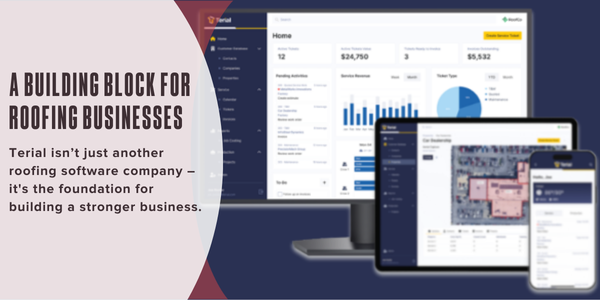Project Risk Management – Part One
March 6, 2023 at 6:00 a.m.By John Kenney, Cotney Consulting Group.
Learn more about project risk management and how to identify risks before they happen.
Roofing projects, by their nature, are unique, and many of the more interesting ones are very complex. They frequently take place over an extended period of time and demand the engagement of a wide range of resources, including people, materials, equipment and financial investment. In most circumstances, projects have defined objectives or an end-state that provides those involved with a clear vision and specification of their goal.
What is project risk management?
Project risk management aims to minimize the risks of not achieving the project objectives and identify and take advantage of opportunities. Project managers can use risk management to assist them in setting priorities, allocating resources and implementing actions and processes that reduce the risk of the project not achieving its objectives.
Risk management will facilitate better business and project outcomes. It provides insight, knowledge, and confidence for improved decision-making. It will support educated decisions about project planning and installation processes to prevent or avoid risks. While also capturing and exploiting opportunities, better contingency planning for dealing with risks and their impacts, better allocation of resources to risks and alignment of project budgets to risks, and better decisions about the best allocation of risk amongst your project team members. Together, they will increase certainty and a reduction in overall risk exposure.
Improved outcomes from identifying opportunities and reducing risk exposure should justify a contractor's undertaking in the risk management process. You will see that better insight is critical at the management level, leading to better decisions. Risk management also provides a framework that avoids surprises and justifies prudent risk reduction and mitigation measures.
Large and risky roofing projects are not the only ones that can benefit from risk management. By formalizing your process, it will apply to all-size projects. It can be implemented at all project stages, from the earliest assessments of strategy and planning to the purchasing, installation and closeout stages. Its uses range from evaluating alternative activities for budgets and your business plans to managing project cost overruns and delays.
Risk management will also provide benefits in better accountability and justification of decisions by providing a consistent and robust process that supports decision-making.
Understanding risk and project management
Managing risk is integral to sound management and fundamental to achieving good business and project outcomes and the effective procurement of materials. Many contracting managers and owners do it in one form or another. Although they may not use the term 'risk' when performing these activities, the concept of risk is central to their actions when their goal is more successful projects.
Risk management plans and activities should be integral to an organization's management processes. Having a formal process for identifying, analyzing, assessing risk and dealing with the results will contribute significantly to the success of roofing projects. However, poorly managing project risks will have wide-ranging negative implications for achieving organizational objectives. It would be best to consider risk at the earliest stages of project planning and continue the process throughout a project.
There are three keys to managing project risk effectively:
- Identify, analyze, assess risks early and consistently and develop plans for handling them.
- Allocating responsibility to the person best placed to manage risks may involve implementing new practices, procedures, or systems.
- Ensure that the costs you will spend in reducing risks are proportional to the importance of the project and the risks involved.
Your scope of risk management for projects should include risks associated with your overall business approach and strategy, the design and installation of your roofing project, and finances.
Let's define what we mean by risks associated with your overall business approach and strategy, the design and installation of your roofing project and finances. Business risks include all those risks that might impact the viability of your entire company operations. In contrast, project risk is all those risks that might affect the project's cost, schedule or quality. Financial risks can include fluctuating material costs, incorrect estimation, payment delays or financial inexperience in taking on a project outside a contractor's comfort zone.
Part two of this project risk series will discuss recognizing and classifying risks before you begin a project and avoid potential losses.
Learn more about Cotney Consulting Group in their directory or visit www.cotneyconsulting.com.
About John Kenney
John Kenney is the Chief Executive Officer at Cotney Consulting Group. Prior to starting Cotney, John had 45 years of experience in the construction industry. John began his career by working as a roofing apprentice at a family business in the Northeast. Because of his skill and hard work, he progressed from roofing laborer to foreman, estimator, chief estimator, Vice President, and Chief Operating Officer with his various companies. John has worked for multiple Top 100 Roofing Contractors and is intimately familiar with all aspects of roofing production, estimating, and operations. In his last role, John was responsible for the daily operations and performance of a large commercial roofing contractor. During his tenure, John ran business units associated with delivering excellent workmanship and unparalleled customer service while ensuring healthy net profits for his company.























Comments
Leave a Reply
Have an account? Login to leave a comment!
Sign In